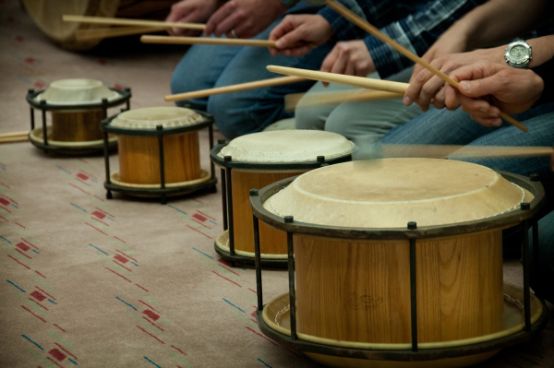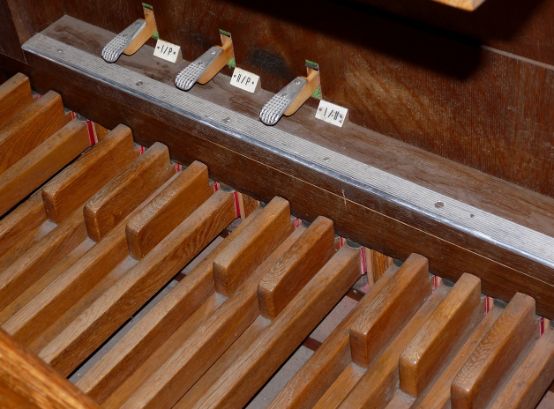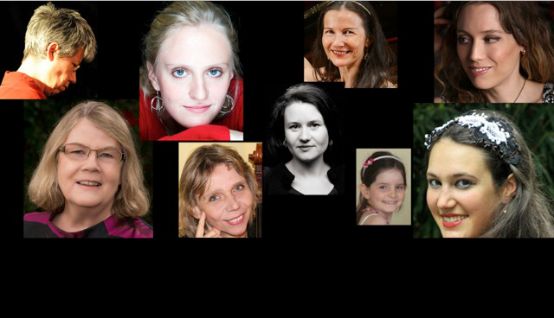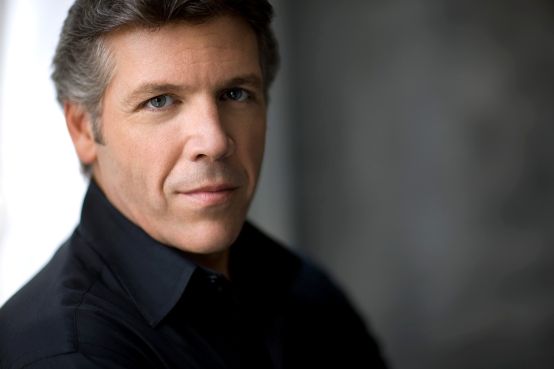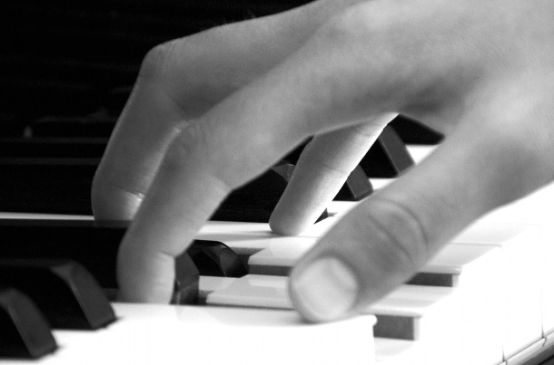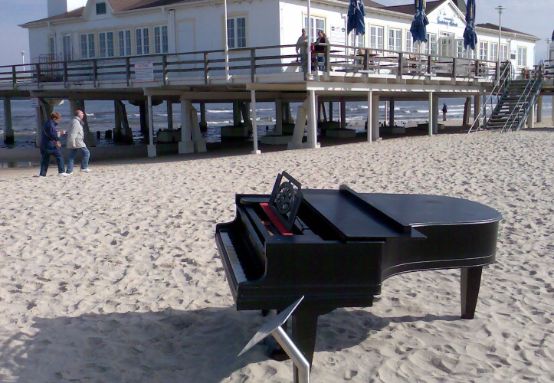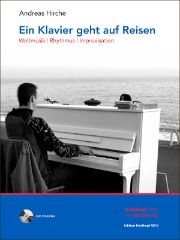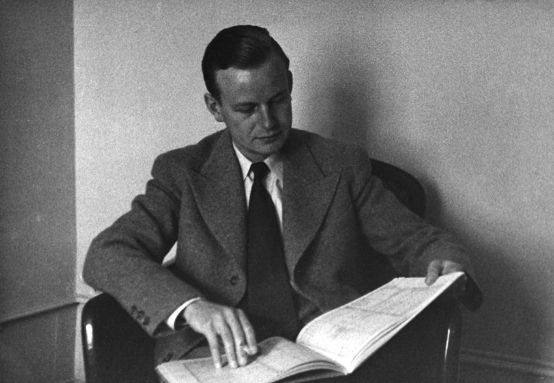14 million amateurs make music in Germany
At least 14 million people in Germany make music in their free time or sing in a choir. This is the conclusion reached by the German Music Information Center (MIZ). It has evaluated studies and population surveys from various research institutes as well as its own surveys.
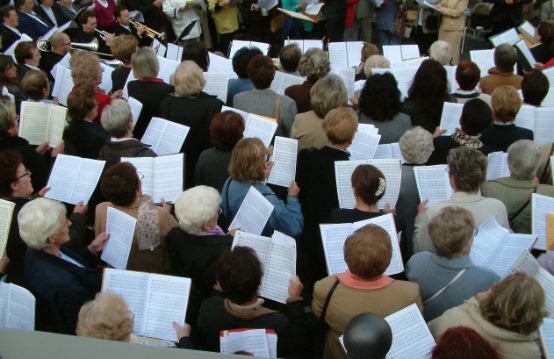
According to the MIZ, around 13% of the population aged 14 and over are instrumental amateur musicians, which corresponds to around 9 million people who play a musical instrument. Around 4 million sing in a choir or other ensemble. Naturally, however, there are overlaps between the two groups.
32% of singers say they also play a musical instrument, bringing the total number of people aged 14 and over who make music to around 12 million. In addition, there are at least 2 million children and young people between the ages of 2 and 13 who regularly sing, play an instrument or engage in other musical activities.
Over a fifth of German amateur musicians, or around 3 million, are active in the associations for instrumental and vocal amateur music-making. In addition, there are around 700,000 music enthusiasts who support and accompany the development of the associations' activities as sponsoring members. In total, the amateur associations have around 3.7 million members. At 2.2 million, a large proportion belong to choral associations, which organize a total of 60 percent of association members.
According to an extrapolation by the German Youth Institute, 340,000 to 450,000 9 to 12-year-olds and 500,000 to 630,000 13 to 17-year-olds take lessons from private music teachers; in addition, there are pupils at private music schools and private pupils in the age groups outside of 9 to 17-year-olds, although no data is currently available. There are over one million pupils at public music schools and around 95,000 participants in practical music courses at adult education centers every year.
The number of children and young people making music in school orchestras and choirs, bands and other ensembles in general education schools totals around 820,000, according to MIZ projections.






